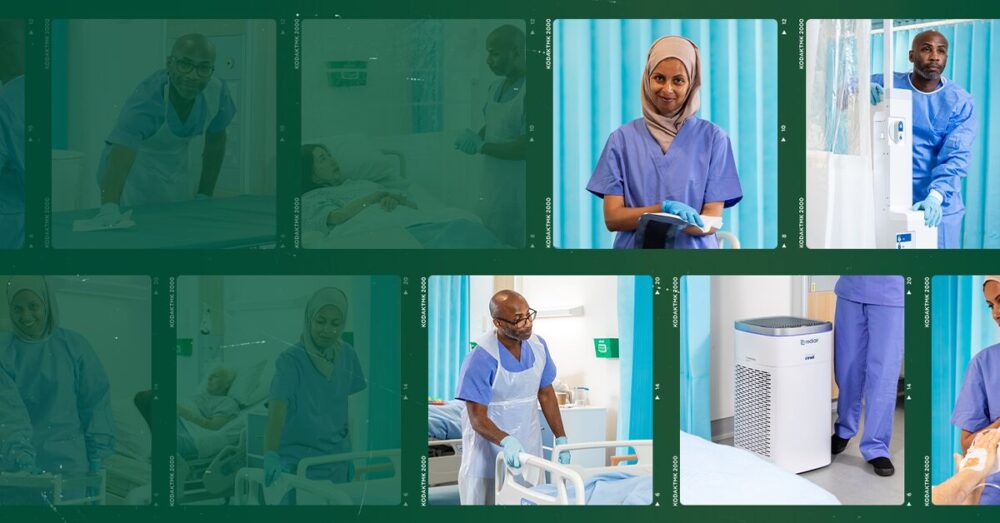Posted
15th May 2015
Research
There’s an ever increasing wealth of data that contamination of hospital surfaces are important in the transmission of key hospital pathogens. However, the importance of contaminated air in the transmission of these pathogens is much less certain. There are some pathogens – like measles – for which airborne spread is by far the most important route. But for the most common pathogens associated with healthcare-associated infection, including MRSA, VRE, C. difficile, A. baumannii and norovirus, contaminated air has not been considered to be an important reservoir, historically. A recent study published in Clinical Infectious Diseases provides some data that contaminated air may be more common than previously thought. The authors collected 48 air samples from 8 hospitals during outbreaks. Samples were collected close to patients, outside their rooms and at nurses’ stations. The authors found norovirus nucleic acid in 6/8 hospitals from which samples were taken, and at a concentration of 101 to 103 per m3. Finally, they also did some lab work demonstrating that an aerosol of a norovirus surrogate (murine norovirus) preserved its infectivity. A few key technical questions arise: how do you know whether the norovirus was viable? The authors did not actually attempt to grow the norovirus and could have detected nucleic acid from dead virus particles. If the norovirus is alive, is there enough of it there to cause an infection? (The minimum infective dose of norovirus can be as low as one virus particle, so the answer, in theory, is yes.) A follow-on question from this is: if there is so much viable norovirus floating around in the air, why doesn’t everybody get it? A more fundamental question is whether the contaminated air detected in this study is a cause or effect of norovirus transmission. For many years, contaminated surfaces were considered to be an effect rather than a cause of transmission and it took detailed intervention studies to convince the scientific community that contaminated surfaces can be a cause of transmission. In the case of norovirus – and other pathogens associated with healthcare-associated infection – we don’t yet have those convincing intervention studies that contaminated air is a cause of transmission. However, the theoretical risk is there and I’m sure that those of us who have experienced norovirus would prefer to err on the side of caution rather than acquire norovirus via an airborne route!
SHARE THIS ARTICLE
Tags
Latest News
IPC Tour 2024 Highlights
GAMA Healthcare and ACIPC once again joined forces to bring…
Can patient and resident hand hygiene be part of the solution to preventing infections?
The importance of practising proper hand hygiene is widely considered…
Confronting the hidden threat of C. diff
The power of effective surface decontamination The hidden threat of…
Reflections and learnings from International Infection Prevention Week (IIPW)
International Infection Prevention Week shines a spotlight on the crucial…



